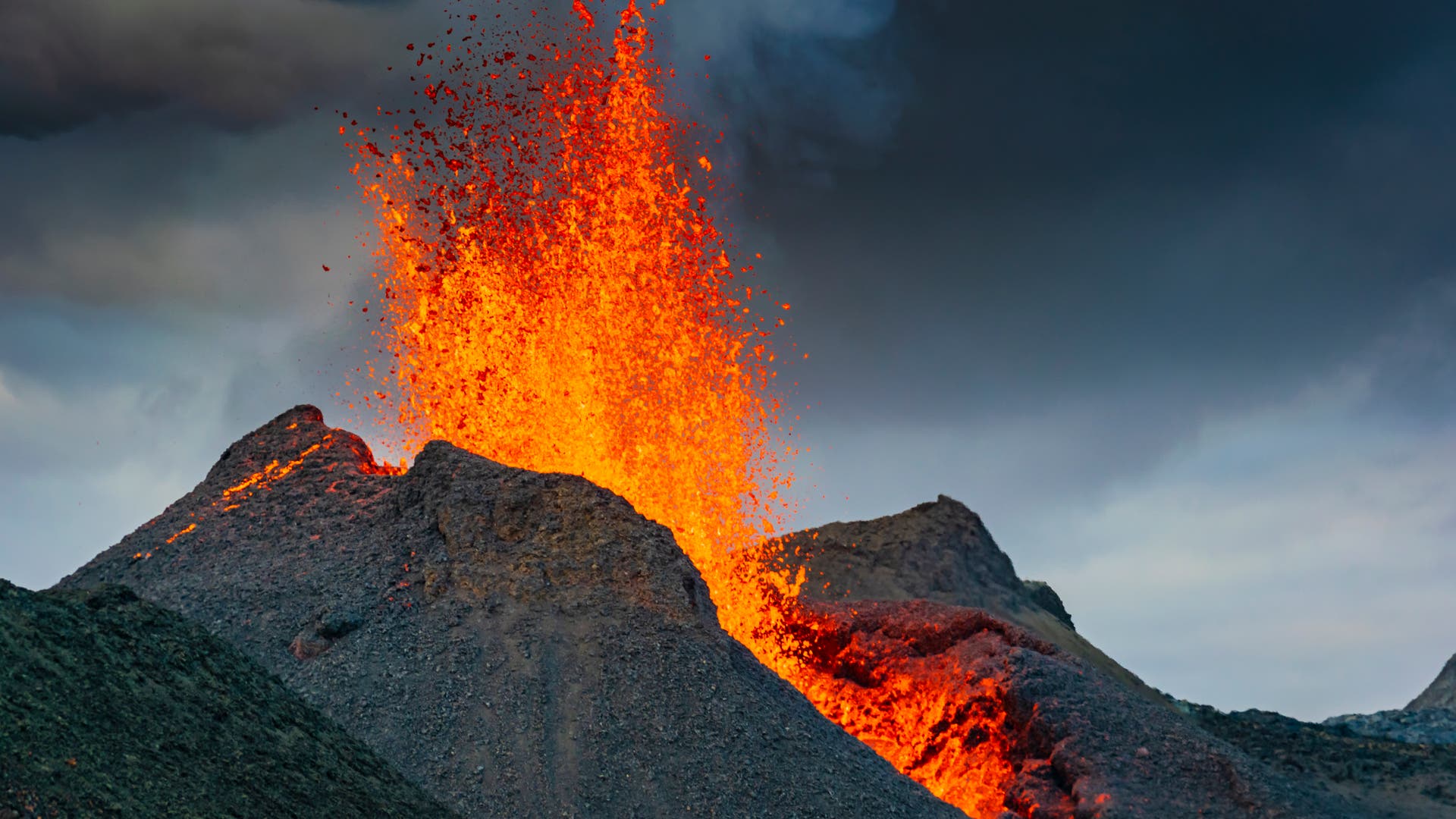The massive accumulations of molten rock that feed isolated volcanoes like Hawaii, Iceland, or the giant Yellowstone volcano are often surprisingly cool. This calls into question the 50-year-old hypothesis about its origin. This is the result of a working team led by Xiyuan Bao of the University of California at Los Angeles following seismic measurements that provide information about the temperature in the Earth’s interior. As the team says in “Science”, at least 40 percent of hot spots are too cold to lift from the deep mantle. So it is at least unclear whether it starts from the boundary between the Earth’s core and the mantle, as the classical theory requires.
The hot spot consists of a channel through which material rises from great depths and forms a mushroom-like bubble under the earth’s crust, from which the volcanoes above it feed. Bao’s working group measured the velocity of seismic waves in the mantle below the hotspot material and calculated their temperature from this. This is heated by the hot spot, but is more uniform so that effects such as composition do not interfere with the temperature measurement. From the temperature calculated in this way, the team in turn deduced how hot the hotspot material itself was. In order to ascend from great depths quickly enough, the material pushed in from the bottom must be at least 100 to 150 degrees hotter than the melting temperature of the mid-ocean edges used as the comparison.







More Stories
Zelinger defends cooperation with China
Science – a research initiative that brings millions to the University of Mainz – Education
Do you want to work at NASA? These are the 43 citizen science projects that want to do real science